See why growth companies choose BluIQ
The Ultimate in Flexibility and Scalability for Subscription Management and Billing.

BluIQ is a configurable platform that bridges the gaps between your CRM, ERP and related business processes.
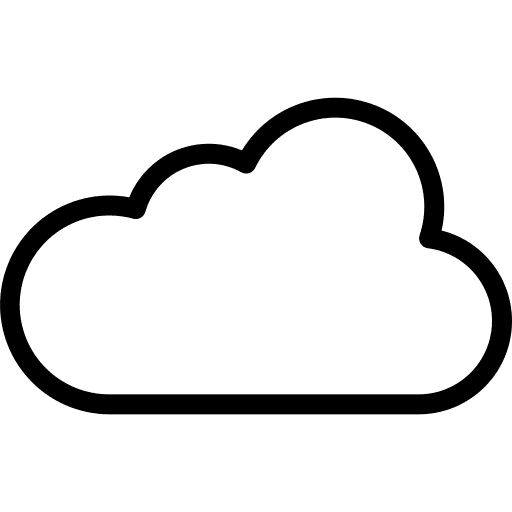
Customize Your Monetization Platform Quickly and Cost-Effectively.

The Ultimate Flexibility and Scalability to Process Complex Data Staging & Mediation Scenarios with Ease

End-to-end Integration for Seamless Order Activation and Provisioning
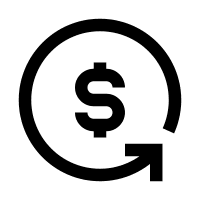
BluLogix Chargeback & Cost Recovery for Public Sector and Enterprise Organizations
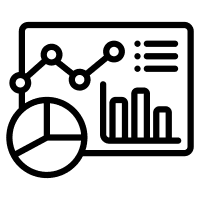
BluIQ gives you reporting, intelligence and insights in one package.
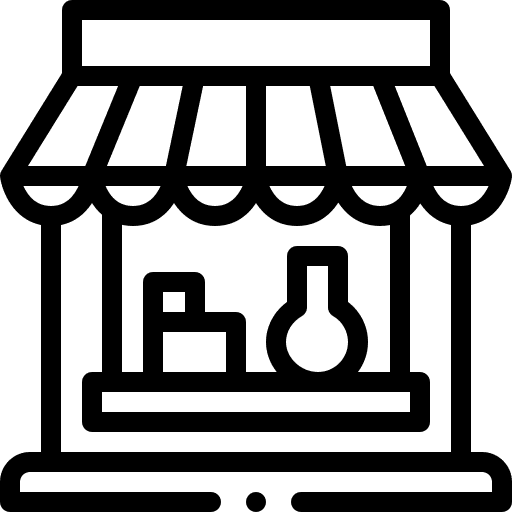
Empowering Ecommerce, Self-Management, and Seamless Renewals with Channel Support
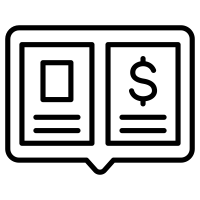

Lessons, observations and insights for the subscription business

How BluIQ helps our customers’ subscription businesses successfully grow

The latest news and analyst reports on the Software-as-a-Service and Subscription industry

Attend an event near you to connect, learn, and gain inspiration.

The best companies in the world trust BluLogix for all of their billing needs

A collection of recorded webinars and videos on Software-as-a-Service and Subscription Management
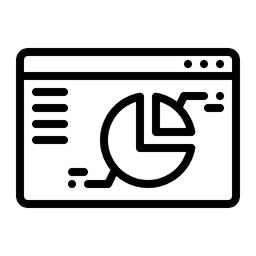
Details on BluIQ subscription management and billing platform specifications
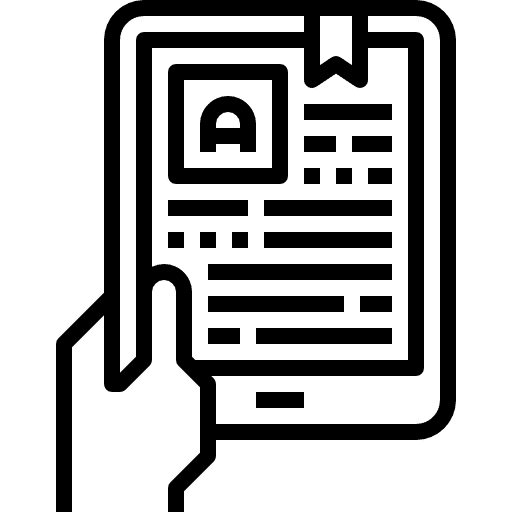
Subscription and Software-as-a-Service guides with actionable insights

Why Top Companies Choose BluLogix
Blulogix Whitepaper
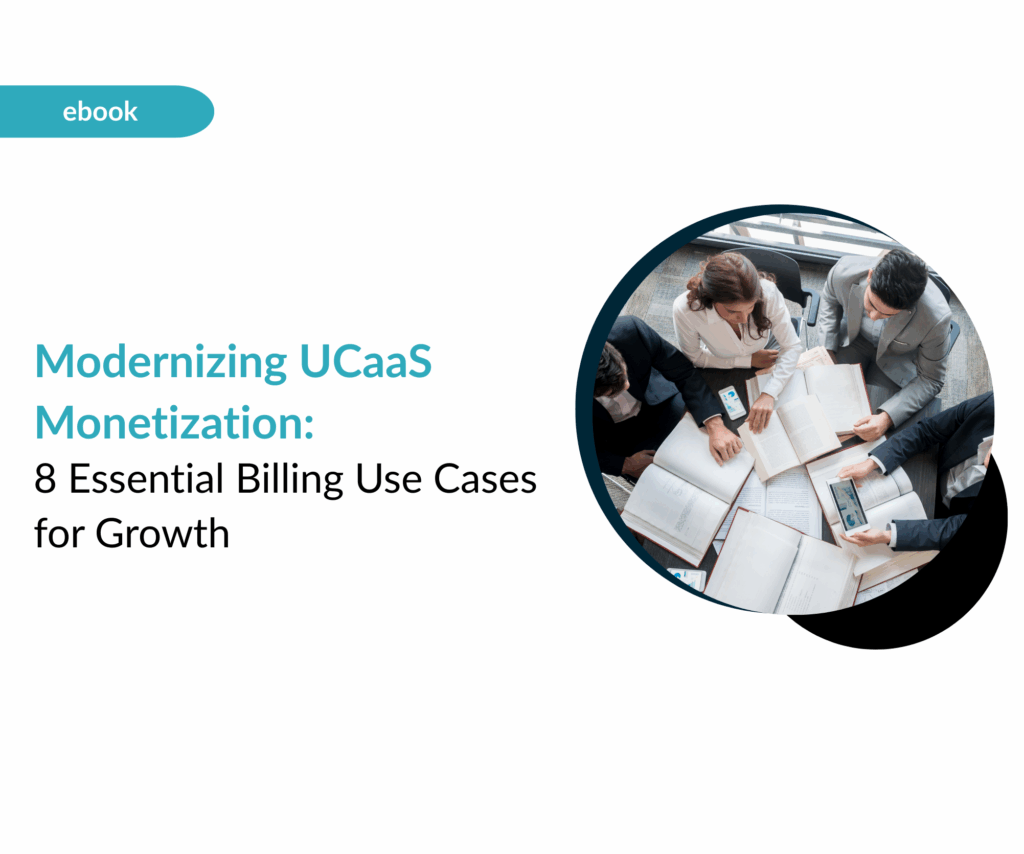
The Unified Communications-as-a-Service (UCaaS) market has fundamentally changed the way organizations connect, communicate, and collaborate. In just a few years, UCaaS has gone from being an emerging alternative to on-premise systems to a critical backbone of modern business operations. From HD voice and video conferencing to messaging, call recording, advanced analytics, and AI-driven features, UCaaS providers now deliver sophisticated, flexible, cloud-based solutions that enterprises and SMBs alike rely on to keep their teams productive and customers engaged.
But while the technology and customer expectations have evolved at lightning speed, billing and monetization processes at many UCaaS providers have not kept pace. Under the surface of rapid growth, too many providers still depend on manual workflows, aging legacy systems, or a patchwork of disconnected point solutions that can’t handle the complexity of modern UCaaS offerings.
The consequences are real and immediate: revenue leakage from unbilled or misbilled services, billing disputes that strain customer relationships, partner frustration when commissions or discounts aren’t tracked properly, and a constant backlog of operational work that slows the rollout of new packages, pricing models, and promotions. Instead of enabling growth, billing becomes a drag on the business — a hidden bottleneck that keeps product, sales, and finance teams from moving quickly.
In today’s fiercely competitive UCaaS market, where customers have choices and churn risk is always present, this operational gap isn’t sustainable. Leading providers are recognizing that billing is more than an administrative necessity — it’s a strategic capability that touches every part of the customer experience and every dollar of revenue the company earns.
In this whitepaper, we explore eight essential use cases that every UCaaS provider should address in their monetization strategy. From managing multi-tier partner channels and enabling usage-based billing across voice, messaging, and data, to automating revenue recognition, ensuring tax compliance, and delivering real-time customer transparency, these use cases represent the real-world challenges — and opportunities — where billing can either make or break growth.
The providers that get this right aren’t just avoiding errors and inefficiencies. They’re building customer trust, protecting margins, strengthening partner relationships, and creating the operational foundation to launch new services faster and respond to changing market demands with agility. In short, they’re turning billing into a competitive advantage.
The question isn’t whether UCaaS providers can afford to modernize their billing. The question is whether they can afford not to.
Challenge:
UCaaS providers looking to grow quickly often rely on indirect sales channels — distributors, resellers, managed service providers, and white-label partners — to reach new markets and customers. But each partner relationship comes with its own unique complexities: custom discounting structures, contract-specific pricing, regional tax treatments, branded invoices, and varying commission agreements. Managing these elements manually drains operational resources, introduces errors, and makes it nearly impossible to scale partner programs effectively. Even small discrepancies in commission payments or invoice branding can damage partner trust and slow down growth.
As partner networks expand, so does the administrative burden. Billing teams are forced to create custom spreadsheets, manually apply discounts, reconcile partner data, and track commissions in siloed systems. This not only slows down partner onboarding and expansion but also exposes the business to margin leakage, compliance risks, and strained relationships that hurt long-term revenue growth.
Solution:
Modern UCaaS providers are adopting billing platforms with built-in partner hierarchy and channel management capabilities. These systems automate discount structures and pricing rules by partner type or region, apply contract-specific commission agreements, and enforce tax treatments based on jurisdiction — all within the billing workflow. Partners receive secure portals where they can view customer usage, track their commissions in real-time, and generate branded invoices seamlessly. By integrating partner management into the billing process, providers reduce manual work, ensure consistency across deals, and build a foundation for scalable, global channel growth.
Benefits:
Challenge:
UCaaS providers deliver a wide range of services that generate variable charges — from international voice calls and SMS usage to premium add-ons like advanced analytics, call recording, virtual faxing, and video conferencing. Customers increasingly expect pricing models that align with their real-time consumption patterns, but legacy billing systems weren’t built to handle this level of complexity at scale.
These older systems often depend on batch uploads, disconnected data feeds, or manual intervention to capture and process usage, leading to delays, errors, and frequent revenue leakage when charges slip through the cracks. Without sophisticated metering, mediation, and rating capabilities, providers are forced to aggregate usage data at high levels, producing bills that are vague, outdated, or filled with inaccuracies. Customers then receive invoices that lack transparency, triggering confusion, billing disputes, “bill shock,” and ultimately, churn.
Meanwhile, product and finance teams are constrained by inflexible systems that can’t handle multiple rating rules, dynamic thresholds, or customer-specific pricing terms — making it nearly impossible to launch innovative offers, adapt to competitive pressures, or monetize premium services effectively.
Solution:
Forward-thinking UCaaS providers implement advanced metering, mediation, and rating engines to solve this problem. Complex metering tools continuously capture granular service data — including call duration, destination, feature utilization, and messaging events — across disparate systems in real time. Mediation engines normalize and reconcile these raw usage records from multiple sources, ensuring consistency, accuracy, and completeness before charges are calculated.
The rating engine then applies sophisticated pricing rules, thresholds, and customer-specific discounts to usage data, instantly generating detailed line-item charges. All of this flows seamlessly into invoicing, enabling providers to deliver transparent, auditable bills that customers can trust. This unified approach not only improves revenue assurance but also provides the agility needed to build and test new usage-based offers quickly — adjusting pricing, thresholds, or bundles without lengthy system reconfigurations or costly engineering projects.
Benefits:
Challenge:
UCaaS customers no longer want rigid plans or one-size-fits-all bundles. They expect providers to deliver flexible offerings that combine recurring license charges (such as per-seat pricing) with variable usage fees (international calls, messaging, video minutes), premium features (analytics, advanced call routing), and even one-time setup or integration costs.
Unfortunately, legacy billing systems are typically siloed and inflexible, designed for either simple subscriptions or usage-based models — but rarely both at the same time. This limits the ability of providers to experiment with creative packaging or to adjust offers quickly when market conditions change. As a result, product teams become dependent on engineering or billing specialists to build custom workarounds, delaying launches and frustrating customers who expect modern, agile solutions.
Solution:
A modern billing platform provides a unified product catalog capable of combining any mix of recurring, usage-based, or one-time charges into a single package. Automated workflows apply the right pricing rules, thresholds, and discount structures while feeding seamless data into invoicing. Sales, marketing, and product teams gain the freedom to test new offers, bundles, and promotions without needing months of system reconfiguration or custom development.
Benefits:
Challenge:
UCaaS providers operate in an environment where telecommunications services are often subject to a patchwork of state, federal, and international tax regulations. These include not only sales and use taxes but also telecom-specific surcharges, universal service fees, regulatory recovery charges, and industry assessments that vary dramatically by jurisdiction.
Legacy billing systems and manual workflows simply can’t keep pace with the rapid changes in tax codes, the intricacies of cross-border services, or the nuances of regulatory requirements that shift frequently across states and countries. The risk is high: tax miscalculations lead to compliance issues, penalties, interest, and audits that can drain resources and damage brand reputation.
Even worse, manual compliance processes slow down invoice cycles, increase the chance of human error, and create billing disputes with customers who may not understand or trust charges tied to inconsistent or opaque tax application.
Solution:
Forward-thinking UCaaS providers are integrating robust tax engines into their billing systems. These engines dynamically calculate taxes by jurisdiction, applying the correct rates and categories in real time as usage and charges are processed. They also support automated compliance workflows, generating the necessary reports for filing, remittance, and audit documentation — significantly reducing the burden on finance teams.
Because these engines update automatically with jurisdictional rule changes, providers remain compliant without needing constant manual monitoring or intervention. This ensures charges are applied consistently and accurately, creating transparency and confidence for customers reviewing their invoices.
Benefits:
Challenge:
In the UCaaS industry, customer renewals are crucial for sustaining revenue and driving growth. Yet many providers still manage renewals through manual processes or disjointed systems. This approach often leads to gaps in service coverage, delayed or forgotten renewal outreach, and missed opportunities to upsell customers into higher-tier plans or premium features. As contract expiration dates approach, the lack of automated workflows increases churn risk, erodes customer trust, and forces sales and customer success teams to scramble reactively rather than engaging strategically.
Manual renewal management also creates operational bottlenecks: tracking contract terms across thousands of customers, applying updated pricing, adjusting terms for regulatory or tax changes, and coordinating internal approvals slow down the process. Worse, when renewals slip through the cracks, providers risk lapses in service continuity that directly damage customer relationships and brand reputation.
Solution:
Modern UCaaS billing and contract management platforms automate the renewal process by linking customer contracts, usage data, and billing history in a single system. These tools proactively notify account teams and customers ahead of contract expiration, flag upsell opportunities, and generate renewal offers with updated pricing and terms seamlessly. Integrated workflows apply new contract data to billing instantly, ensuring service continuity and reducing churn risk while also surfacing cross-sell and upsell possibilities to increase customer lifetime value.
Benefits:
Challenge:
Today’s UCaaS customers expect more than just accurate bills — they want visibility into every detail of their service, from real-time usage metrics and feature activations to contract status, renewal dates, and forecasted costs. Without self-service portals, these requests quickly overwhelm support teams, leading to longer response times, customer frustration, and potentially higher churn. Furthermore, customers without transparency are more likely to dispute charges, delay payments, or feel disconnected from the value they receive.
In a crowded market where customer retention is key, failing to provide detailed, on-demand insights into billing and service usage risks pushing customers toward competitors who offer clearer, more responsive billing experiences.
Solution:
Leading UCaaS providers are investing in customer-facing portals integrated directly with billing and service data. These portals provide real-time dashboards showing usage by service type (voice, messaging, video, premium features), predictive cost estimates based on current trends, downloadable billing data feeds, and contract milestone tracking. Customers receive proactive alerts when approaching contract thresholds or usage caps, fostering transparency and reducing surprise charges.
Benefits:
Challenge:
For UCaaS providers, recurring and usage-based revenue streams introduce complex challenges when it comes to revenue recognition. With customers often billed for a mix of monthly licenses, variable usage charges, one-time fees, and tiered pricing structures, finance teams must carefully determine when revenue should be recognized — whether over time, upon delivery of specific services, or deferred until certain performance obligations are met.
Manual tracking of deferred revenue schedules and revenue allocation across bundled services is not only time-consuming but prone to error. As regulatory standards like ASC 606 and IFRS 15 have raised the bar on how businesses must recognize revenue and document compliance, relying on spreadsheets and disconnected systems exposes providers to the risk of misstatement, delayed reporting, and audit findings.
These challenges grow as providers scale, diversify product offerings, and expand into new markets — where jurisdictional rules and interpretations can add even more layers of complexity. Failing to manage revenue recognition properly doesn’t just slow down month-end close processes; it also undermines investor confidence, complicates board reporting, and creates long-term compliance risks that can damage reputation and impede growth.
Solution:
Modern billing and monetization platforms now include integrated revenue recognition modules that automate compliance workflows. These modules map billing events, contract milestones, and performance obligations directly to revenue schedules, applying rules aligned with ASC 606, IFRS 15, and local accounting standards. Finance teams gain real-time dashboards showing deferred and recognized revenue by product, region, or customer, along with audit trails and detailed documentation ready for regulatory review.
Automating revenue recognition reduces manual reconciliation work, accelerates month-end close processes, and ensures consistency in applying complex accounting rules — all while freeing finance and accounting teams to focus on strategic initiatives.
Benefits:
Challenge:
In UCaaS, customer satisfaction and revenue protection depend on seamless provisioning and de-provisioning of services. Yet many providers struggle with disconnected systems that can’t track service activations, changes, suspensions, or cancellations in real time. This disconnect leads to delays in service delivery, orphaned or unbilled services, and revenue leakage from active services that customers are no longer paying for.
At the same time, managing hardware resources — like numbers, licenses, or feature entitlements — often requires manual tracking of virtual inventory. Without a centralized system, providers risk overselling, underutilizing resources, or incurring unnecessary vendor charges.
Compounding the issue, dunning and service suspension processes are frequently handled manually, creating customer frustration, disputes, and compliance risks when services are cut off unexpectedly or bills go uncollected.
Solution:
A modern UCaaS billing and provisioning platform integrates service activation, deactivation, and inventory management into a single workflow. BluLogix, for example, enables providers to maintain a virtual inventory of licenses, numbers, and entitlements tied directly to customer orders and billing records. As customers purchase, upgrade, or cancel services, the system triggers automated provisioning or de-provisioning processes, ensuring that services match exactly what customers are paying for — no more, no less.
Integrated dunning workflows track overdue balances and automate customer outreach with reminders, grace periods, and, if needed, service suspensions — protecting revenue while minimizing customer churn and disputes.
Benefits:
Challenge:
For UCaaS providers serving mid-sized and large enterprises, billing isn’t just about delivering a single invoice. Customers often have complex internal structures — with multiple departments, cost centers, subsidiaries, or regional offices — each managing its own budgets and requiring detailed, department-level breakdowns of charges. While the parent organization expects a consolidated invoice for ease of payment, individual departments want visibility into their own usage and cost allocation.
Without automation, billing teams must manually allocate charges across departments, reconcile internal reporting structures, and generate custom roll-up reports that match each customer’s unique organizational hierarchy. This process is error-prone and time-consuming, increasing the chance of disputes when internal department totals don’t match consolidated charges. It also slows invoice cycles and frustrates customers who expect clarity, accuracy, and timely delivery of billing data to manage internal chargebacks.
Solution:
UCaaS providers can eliminate these challenges by implementing billing platforms that support native parent-child hierarchies. These systems assign sub-accounts to a parent customer, applying unique pricing, entitlements, or usage caps at the departmental level while automatically rolling charges up into a consolidated invoice for the parent. Detailed reporting tools allow departments to access their own usage data, costs, and invoices directly, while finance and procurement teams at the parent level receive high-level summaries and full visibility into company-wide spending.
Benefits:
Conclusion
As the UCaaS market continues to evolve, providers face a landscape defined by rapid innovation, increasing customer expectations, and intensifying competition. While many focus on product development, network reliability, and customer acquisition, billing remains the silent engine that underpins sustainable growth — or becomes the bottleneck that stalls it.
The eight use cases we’ve explored illustrate just how central billing and monetization are to the health of a UCaaS business. From managing complex partner networks and usage-based pricing models to ensuring tax compliance, automating renewals, and delivering transparent customer experiences, modern billing isn’t just about sending invoices. It’s about creating a foundation for trust, protecting margins, and enabling operational agility at scale.
The providers leading the next era of UCaaS growth aren’t those who treat billing as an afterthought. They’re the ones who invest in platforms, processes, and teams that transform billing into a strategic advantage — one that supports innovation, strengthens partner relationships, and reinforces the value delivered to customers every month.
In a market where trust, transparency, and speed determine success, modernizing billing isn’t optional. It’s the key to unlocking your next stage of growth.

President, Allnet Air Inc. - Telecommunications
Best Outsourced Billing for Mobility

Manager, Cloud Billing - Computer Software
BluLogix has been a great partner.
“Over the last several years, I have seen continual enhancements and additions to the platform. BluLogix has created a comprehensive solution for users. They provide great communication regarding upgrades and address concerns thoroughly and timely.”

Marketing, Graphic Design & Social Media Management - Marketing and Advertising
Fantastic platform. Recommend!

President, Allnet Air Inc. - Telecommunications
Best Outsourced Billing for Mobility

Manager, Cloud Billing - Computer Software
BluLogix has been a great partner.
“Over the last several years, I have seen continual enhancements and additions to the platform. BluLogix has created a comprehensive solution for users. They provide great communication regarding upgrades and address concerns thoroughly and timely.”

Marketing, Graphic Design & Social Media Management - Marketing and Advertising
Fantastic platform. Recommend!
| Cookie | Duration | Description |
|---|---|---|
| cookielawinfo-checbox-analytics | 11 months | This cookie is set by GDPR Cookie Consent plugin. The cookie is used to store the user consent for the cookies in the category "Analytics". |
| cookielawinfo-checbox-functional | 11 months | The cookie is set by GDPR cookie consent to record the user consent for the cookies in the category "Functional". |
| cookielawinfo-checbox-others | 11 months | This cookie is set by GDPR Cookie Consent plugin. The cookie is used to store the user consent for the cookies in the category "Other. |
| cookielawinfo-checkbox-necessary | 11 months | This cookie is set by GDPR Cookie Consent plugin. The cookies is used to store the user consent for the cookies in the category "Necessary". |
| cookielawinfo-checkbox-performance | 11 months | This cookie is set by GDPR Cookie Consent plugin. The cookie is used to store the user consent for the cookies in the category "Performance". |
| viewed_cookie_policy | 11 months | The cookie is set by the GDPR Cookie Consent plugin and is used to store whether or not user has consented to the use of cookies. It does not store any personal data. |
The Ultimate in Flexibility and Scalability for Subscription Management and Billing.
